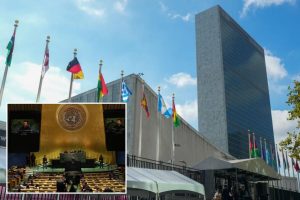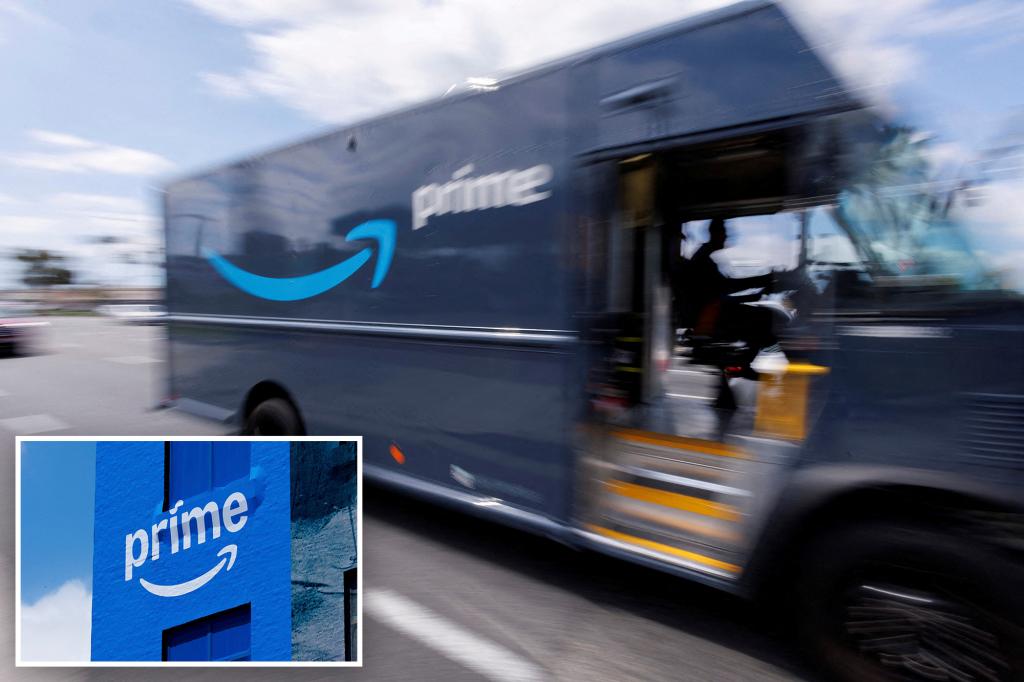Amazon to Pay Historic $2.5 Billion Settlement to Prime Customers
In a landmark victory for consumers, Amazon is set to pay a staggering $2.5 billion settlement following Federal Trade Commission (FTC) accusations that the e-commerce giant enrolled users in Prime subscriptions without proper consent and created intentionally difficult cancellation processes. “Today, we are putting billions of dollars back into Americans’ pockets, and making sure Amazon never does this again,” declared FTC Chairman Andrew N. Ferguson in a triumphant statement. The settlement represents the FTC’s largest-ever financial penalty and includes a $1 billion civil penalty alongside $1.5 billion in customer refunds—making it the second-highest refund award in American consumer protection history. This unprecedented action signals a significant shift in holding major tech companies accountable for deceptive subscription practices that have frustrated millions of consumers.
You may be eligible for a refund of up to $51 if you either signed up for Amazon Prime between June 23, 2019, and June 23, 2025, or attempted to cancel your Prime subscription but encountered difficulties during that same period. The settlement specifically targets U.S. customers who were potentially victims of what the FTC described as “sophisticated subscription traps” designed to trick shoppers into Prime memberships. According to the regulatory agency, these deceptive enrollment practices and deliberately obscured cancellation options affected an estimated 35 million customers—real people who found themselves paying for a service they either didn’t want or couldn’t easily escape from. While Amazon maintains that the company and its executives “have always followed the law,” they’ve agreed to this massive settlement to “move forward and focus on innovating for customers.”
The distribution of refunds will occur in two carefully orchestrated waves, with some customers receiving automatic payments while others will need to submit claims. If you signed up for Prime through what the FTC calls a “challenged enrollment flow”—such as the Universal Prime page, shipping option select page, Prime Video, or Amazon’s single-page checkout—and used no more than three Prime benefits within any 12-month period of your enrollment, you’re in luck. You’ll receive an automatic refund within 90 days of the FTC order without having to take any action. This approach prioritizes compensating those who likely experienced the most straightforward cases of deceptive enrollment with minimal service usage, suggesting they may not have even realized they were subscribed.
For customers who either signed up through a challenged enrollment flow or tried unsuccessfully to cancel Prime during the covered period, and who used no more than ten Prime benefits in any 12-month period, the process requires a bit more effort. These individuals will need to submit a claim form after the automatic payout phase concludes. Amazon will send notification emails and letters within 30 days after automatic payments end, providing instructions on how to submit your claim. Once submitted, Amazon has 30 days to review the claim and issue appropriate refunds. This second wave addresses those who may have been aware of their subscription but still fell victim to Amazon’s allegedly deceptive practices or cancellation hurdles.
The FTC and Amazon have not yet published the official claims website or specific process details, but preparations are underway to ensure all eligible customers can easily access their rightful compensation. Once available, information and links will appear prominently on Amazon’s website and app, making the claims process as transparent as possible. After receiving your claim form via email or mail following the automatic payout period, you’ll have a generous window of 180 days to submit it—either electronically, through prepaid mail, or via the dedicated claims website. This extended timeframe gives consumers ample opportunity to participate in the settlement, reflecting the FTC’s commitment to maximizing consumer restitution in this historic case.
This settlement represents more than just financial compensation—it symbolizes a significant shift in how digital subscription services must operate moving forward. The FTC’s aggressive action against one of the world’s most powerful companies sends a clear message about deceptive subscription practices across all industries. For affected customers, the outcome provides both vindication and real financial relief, with payments capped at $51 per eligible person. If you’ve been an Amazon Prime member or attempted to cancel your subscription between mid-2019 and mid-2025, you should remain vigilant for upcoming refund notifications in your email or mailbox. This case demonstrates that even the most dominant tech companies must ultimately answer to consumers and regulatory authorities when their business practices cross ethical and legal boundaries.














